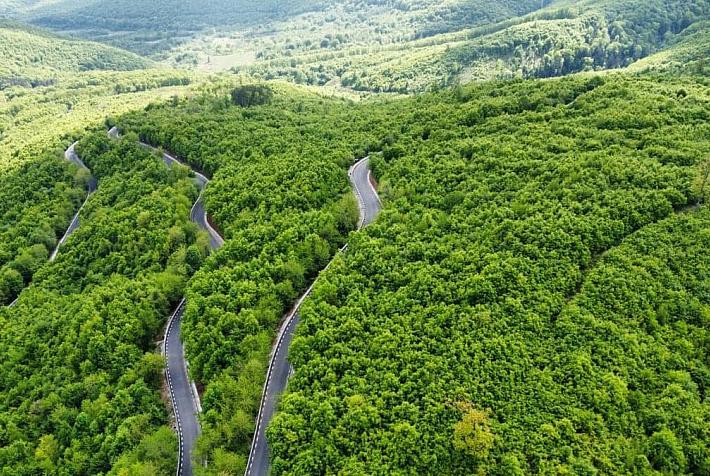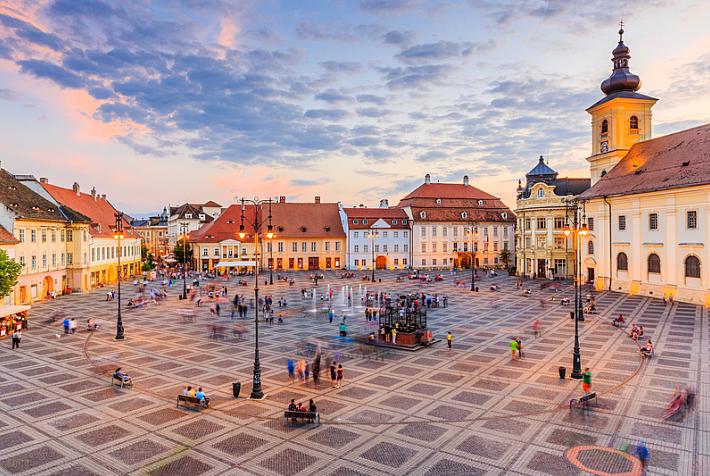NASA publishes article, pictures of the golden rapeseed fields of southern Romania

The colorful rapeseed fields in the southern part of Romania have been photographed by NASA from a satellite and featured in an accompanying article titled “Golden Fields in Romania.” The spectacular images were taken last month above the area where the Olt River intersects with the Danube.
According to the article, NASA personnel were impressed by the brilliant yellow of the rapeseed-filled fields.
“Rapeseed and canola plants are part of the Brassica family, which also includes cabbages and mustards. They produce clusters of small, brilliant yellow blooms that, en masse, blanket entire fields in gold. The yellow flowers develop into slender pods resembling pea pods containing small, oil-rich seeds,” the article mentions.
Canola oil, commonly used in cooking, is derived from a rapeseed cultivar bred to have a low acid content. In a typical year, Romania produces 10% of the European Union’s grain and oilseed, according to the International Trade Commission.
In addition to rapeseeds, Romania’s main crops include sunflowers and soybeans, as well as corn, wheat, and barley.
In recent years, Romania’s agricultural fields have been impacted by waves of heat and drought. While the EU as a whole produced 23% of the world’s rapeseed in 2023, Canada and China top the list of the largest rapeseed and canola-producing countries, generating 21% and 17%, respectively, that year.
(Photo source: NASA Earth Observatory | Lauren Dauphin)















